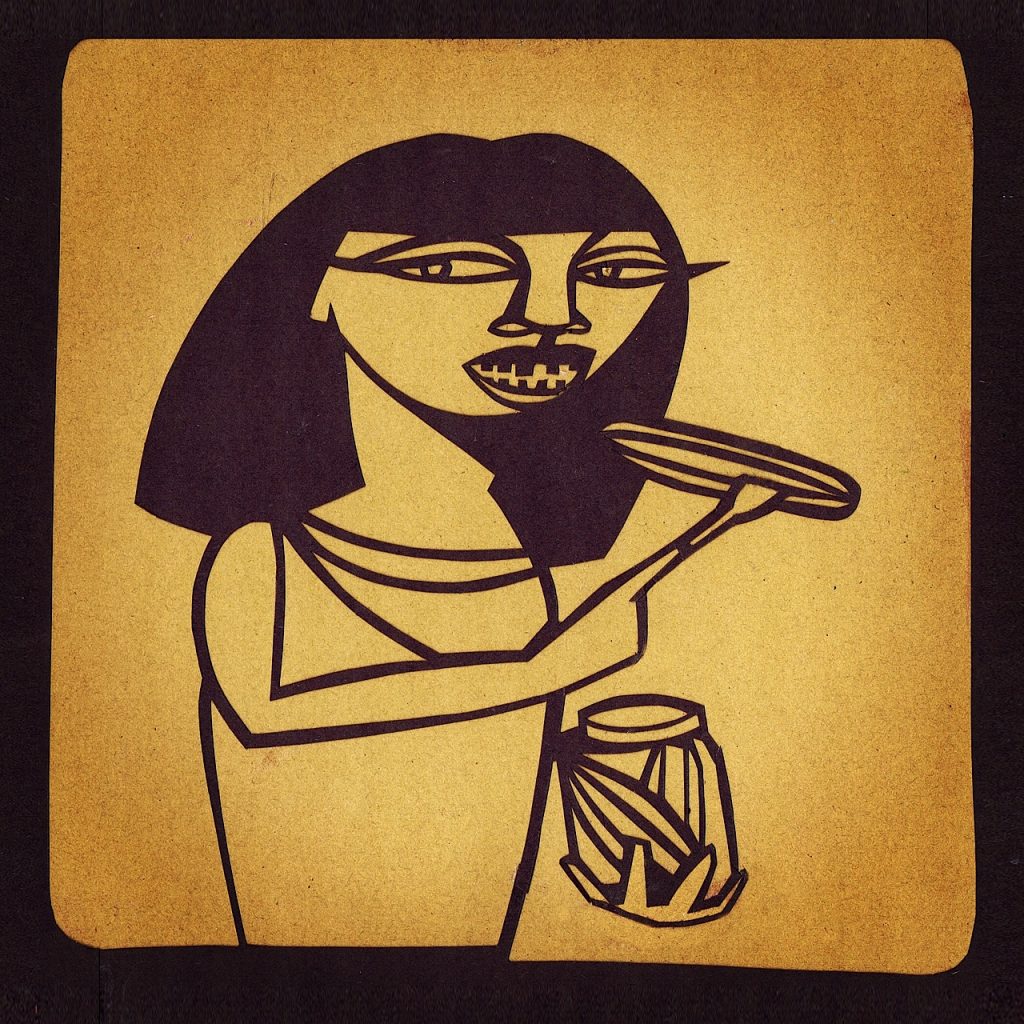Fermenting Jewish cultures
Pickling is so ancient that it predates recorded history. It was a common way to preserve the harvest and make sure you had food to eat year round in many cultures. Pickles feature heavily in Jewish cooking across the globe.
When the Ashkenazi Jewish community moved from Eastern Europe to New York, they brought with them the delightful culinary tradition of fermented veggies. “Vegetable pickles, especially cabbage, beet, and cucumber, were staples in the diet of Jews in Poland, Lithuania, the Ukraine, and Russia,” says Claudia Roden in her book The Book of Jewish Food (1996). It, unsuprisingly we think, took off. This is one of the reasons pickles, especially sauerkraut and gherkins, are associated with Ashkenazi cuisine today.
There are Jewish North African pickles, Persian pickles, Jewish Indian pickles and more. Turshi Left, sometimes known as the Persian pickled turnip, is “the most popular pickle among families from Egypt, Syria, and Lebanon,” according to Claudia Roden in the Book of Jewish Food. We eat it regularly at Sadeh as turnips grow very well in a British climate. The delicious Amba, a tangy fermented mango sauce, less likely to grow at Sadeh but very popular in Israeli and Middle Eastern Cuisine. “According to the urban legend, amba was developed in the 19th century by members of the Sassoon family of Bombay, Iraqi Jews originally from Baghdad. Iraqi Jewish immigrants brought it to Israel in the 1950s as an accompaniment to their Shabbat morning meal” so Wikipedia says. And of course, preserved lemons, brined in salt and spices which are unforgettable and common to Morrocon and Iraqi Jewish cuisines. We are obsessed with these and are looking forward to trying our hand at them when our lemon tree fruits.
Let’s not forget the ancient Jews! When the Jews left Egypt, they lamented the food they left behind: “We remember the fish which we were wont to eat in Egypt for nought; the cucumbers, and the melons, and the leeks, and the onions, and the garlic” (Numbers 11:5). Foodie historians say that these cucumbers would have been the pickled gherkin type which were common to the region. Luckily today we can learn to make our own pickles without suffering 400 years of bondage.


